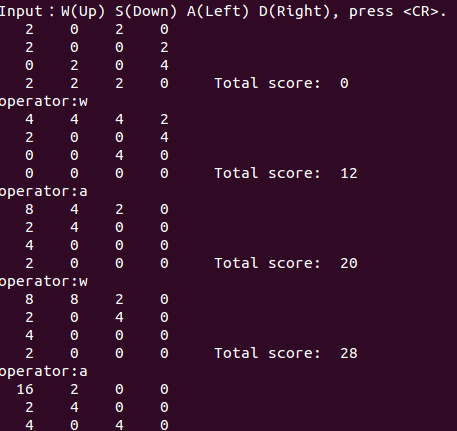对python实现模板生成脚本的方法详解
最近项目需要,针对主项目提取一个小的基础版本,供于在新建项目时使用,所以就有这个python模板生成脚本,其作用如下:
1、通过配置文件来控制模板中的数据、格式化的过滤条件
2、执行后会把目录下所有的文件都会执行一篇
#!/usr/bin/python
#encoding: utf-8
import json
import codecs
import os
def get_files(root_path):
for dir in os.walk(root_path):
if dir[2]:
for nf in dir[2]:
yield os.path.join(dir[0], nf)
def exclude_filter(exclude, nfile):
files_path = exclude.get('file_path')
files_name = exclude.get('file_name')
base_name = os.path.basename(nfile)
exts_name = exclude.get('ext_name')
base_ext_name = base_name.rsplit(".", 1)[1]
if files_path:
for npath in files_path:
if npath==nfile:
return True
elif files_name:
for name in files_name:
print name, base_name
if name==base_name:
return True
elif exts_name:
for name in exts_name:
print name, base_ext_name
if name==base_ext_name:
return True
def include_filter(include, nfile):
files_path = include.get('file_path')
files_name = include.get('file_name')
base_name = os.path.basename(nfile)
if files_path:
for npath in files_path:
if npath==nfile:
return True
elif files_name:
for name in files_name:
if name==base_name:
return True
def main():
# read config
config = {}
with codecs.open("config.json","rb","UTF-8") as f:
config = json.loads(f.read())
if not config:
return
template = config.get("template")
if template and template.get('path'):
root_path = template.get('path')
if not os.path.exists(root_path):
print "source path not exist"
return
root_path = os.path.abspath(root_path)
old_path = os.path.dirname(root_path)
else:
return
exclude = template.get('exclude')
include = template.get('include')
store = config.get("store")
if not store or not os.path.exists(store.get('dir_path', '')):
return
data = config.get("data")
if not data:
return
if not os.path.exists(root_path):
print 'root path not exists'
return
if os.path.isfile(root_path):
files = [root_path]
else:
base_name = os.path.basename(root_path)
store_root_path = os.path.join(store.get('dir_path'), base_name)
if not os.path.exists(store_root_path):
os.mkdir(store_root_path)
files = get_files(root_path)
for nfile in files:
print nfile
try:
with codecs.open(nfile, "rb", "UTF-8") as f:
s = f.read()
if not exclude_filter(exclude, nfile) or include_filter(include, nfile):
s = s % data
except:
with codecs.open(nfile, "rb") as f:
s = f.read()
# save to file
fn = nfile.replace(old_path, store.get('dir_path'))
fn_dir = os.path.dirname(fn)
if not os.path.exists(fn_dir):
os.makedirs(fn_dir)
try:
with codecs.open(fn, "wb", "UTF-8") as f:
f.write(s)
f.flush()
except:
with codecs.open(fn, "wb") as f:
f.write(s)
f.flush()
if __name__ == '__main__':
main()
配置文件:
{
"template": {
"path" : "D:/tunicorn-web/framework-template", ##模板文件主目录
"exclude" : { ##不进行模板格式化的文件
"file_path" : [],
"file_name" : ["config.json", "make_project.py"],
"ext_name" : ["css", "woff2"],
"file_type" : [],
"regex" : []
},
"include" : { ##进行模板格式化的文件
"file_path" : [],
"file_name" : []
}
},
"store":{
"dir_path" : "e:/test" ##输出路径主目录
"data" : {
"project_name":"NewJAVA", ##模板数据
"project_prefix":"newjava" ##模板数据
}
}
执行操作:
1、安装了python环境
2、双击python脚本
3、然后在执行下README中的步骤
readme:
README
=============
脚本使用
-------------
1. 打开config.json文件
2. 配置相关信息[输出目录、项目名称、项目前缀]
3. 执行make_project.py脚本
4. 查看输出目录
以上这篇对python实现模板生成脚本的方法详解就是小编分享给大家的全部内容了,希望能给大家一个参考,也希望大家多多支持【听图阁-专注于Python设计】。

